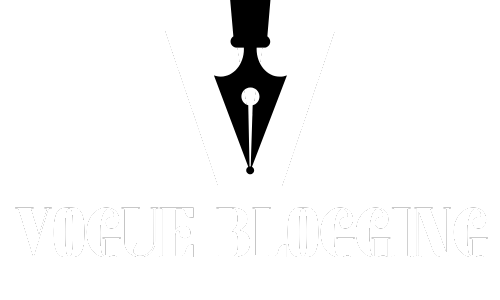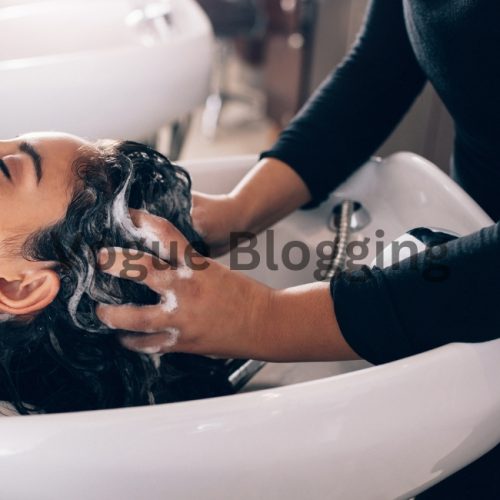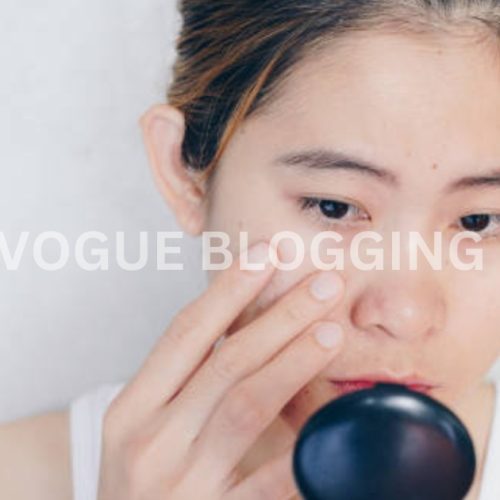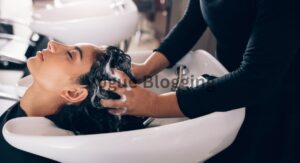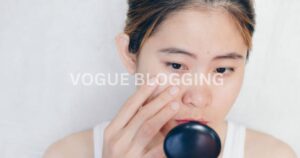African hair braiding is more than just a hairstyle; it’s a centuries-old tradition deeply rooted in African culture and heritage. The intricate hair braiding art has been passed down through generations, evolving into a symbol of beauty, identity, and connection within the African diaspora. This article will explore the rich history, diverse styles, and cultural significance of African hair braiding.
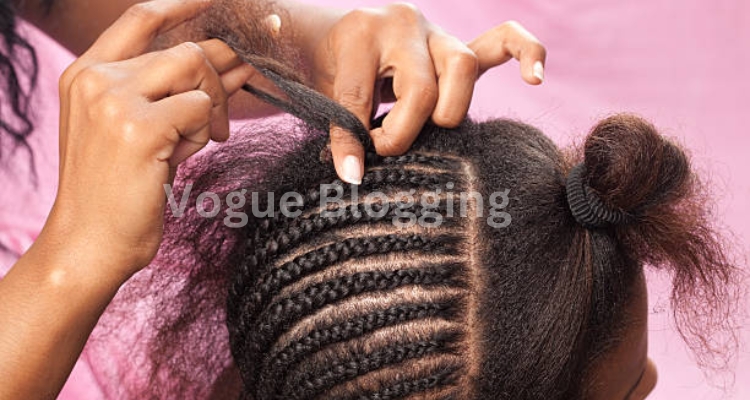
The History of African Hair Braiding:
African hair braiding has a long and fascinating history that dates back thousands of years. This practice is not merely about aesthetics but carries profound cultural, spiritual, and social significance. Different regions and ethnic groups in Africa have unique braiding techniques, each with symbolism and meaning.
Styles and Techniques:
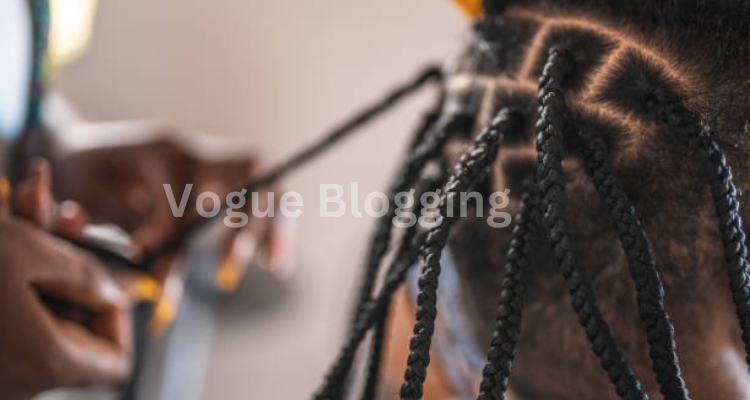
African hair braiding offers various styles and techniques, from classic cornrows to elaborate designs like box braids, Senegalese twists, and micro braids. These styles are beautiful and practical, as they provide protection and manageability for natural hair. Each style has its flair and can be customized to suit individual preferences.
Cultural Significance:
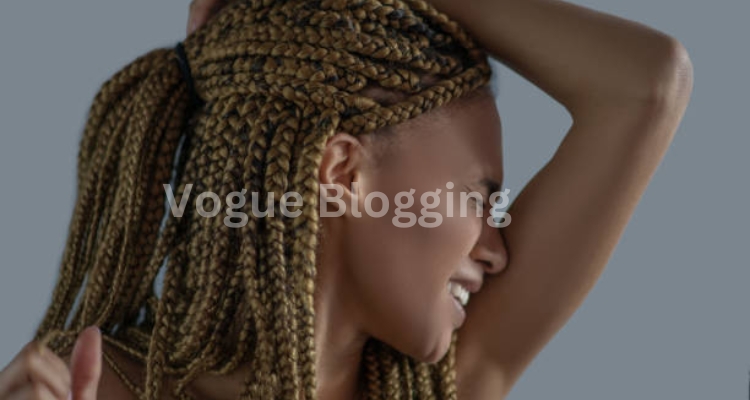
African hair braiding is deeply interwoven with cultural identity. Braids are often used to convey messages, such as age, marital status, or social standing. They can also be a form of artistic expression, with patterns and designs unique to specific tribes and regions.
The Modern Resurgence:
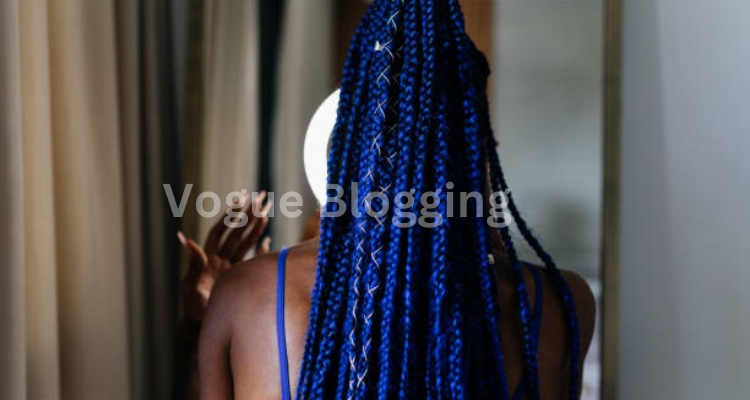
In recent years, African hair braiding has gained international popularity. Celebrities and fashion icons have embraced these styles, bringing them into the mainstream. The resurgence of African hair braiding has promoted cultural appreciation and provided economic opportunities for African and African-American communities.
Care and Maintenance:
Maintaining braided hair is crucial for its longevity and overall health. This section will cover essential tips for keeping your braids looking their best, including proper washing, moisturizing, and avoiding tension on the scalp.
Contemporary Trends
In recent years, African hair braiding has gained international recognition and popularity, with people of all backgrounds embracing these unique styles. Celebrities and fashion icons have also contributed to the mainstream appreciation of these braided styles. However, it’s essential to acknowledge the cultural sensitivity and respect required when adopting these styles, as they carry deep cultural significance.
Techniques and Tools:
African hair braiding is known for its intricate designs and exceptional craftsmanship. Different techniques, such as cornrows, box braids, Senegalese twists, and more, are employed. The tools used range from simple combs and fingers to more specialized equipment like hair extensions, beads, and natural products for haircare. Learning these techniques is often passed down through generations, reinforcing the cultural significance of this art.
The Resurgence of African Hair Braiding:
In recent years, African hair braiding has experienced a resurgence in popularity around the world. People from diverse backgrounds embrace these styles, appreciating their beauty and cultural significance. Celebrities, fashion designers, and influencers have played a significant role in bringing African braiding to the forefront of fashion and beauty. The natural hair movement has also contributed to this revival, with many individuals opting for protective styles like braids to maintain their hair’s health and strength.
Various Styles of African Hair Braiding:
- Cornrows: Cornrows are one of the most iconic African hair braiding styles. They involve creating rows of tightly braided hair close to the scalp. Cornrows can be simple or intricate, with endless possibilities for creative patterns.
- Box Braids: Box braids are characterized by small, square-shaped sections of hair that are individually braided. They are versatile and can be styled in various ways, making them popular among African and African-American women.
- Senegalese Twists: Senegalese twists are long, slender twists created by twisting two strands of hair together. This style is known for its neat appearance.
- Havana Twists: Havana twists are similar to Senegalese twists but are more prominent, and they typically use Havana or Marley hair extensions for a thicker and more voluminous look.
- Fulani Braids: Fulani braids, inspired by the Fulani ethnic group, are characterized by a central parting with braids on either side, often adorned with beads and cowrie shells.
- Ghana Braids: Ghana braids, also known as Ghana weaving, involve creating cornrow-like braids close to the scalp. These braids can be simple or more elaborate, depending on personal preference.
Conclusion:
African hair braiding is more than just a fashion statement; it celebrates heritage, culture, and identity. Whether you’re of African descent or appreciate the artistry and beauty of braids, understanding the history and significance of African hair braiding can deepen your appreciation for this remarkable tradition. As it continues to evolve and influence global fashion, it’s essential to recognize and honor its origins and cultural importance.
In conclusion, African hair braiding is a unique and cherished tradition transcending time and borders. It’s a testament to the enduring beauty of African culture and its ability to captivate and inspire people worldwide. Whether you wear braids as a personal statement or as a nod to your heritage, the art of African hair braiding is a source of pride and connection for many.
